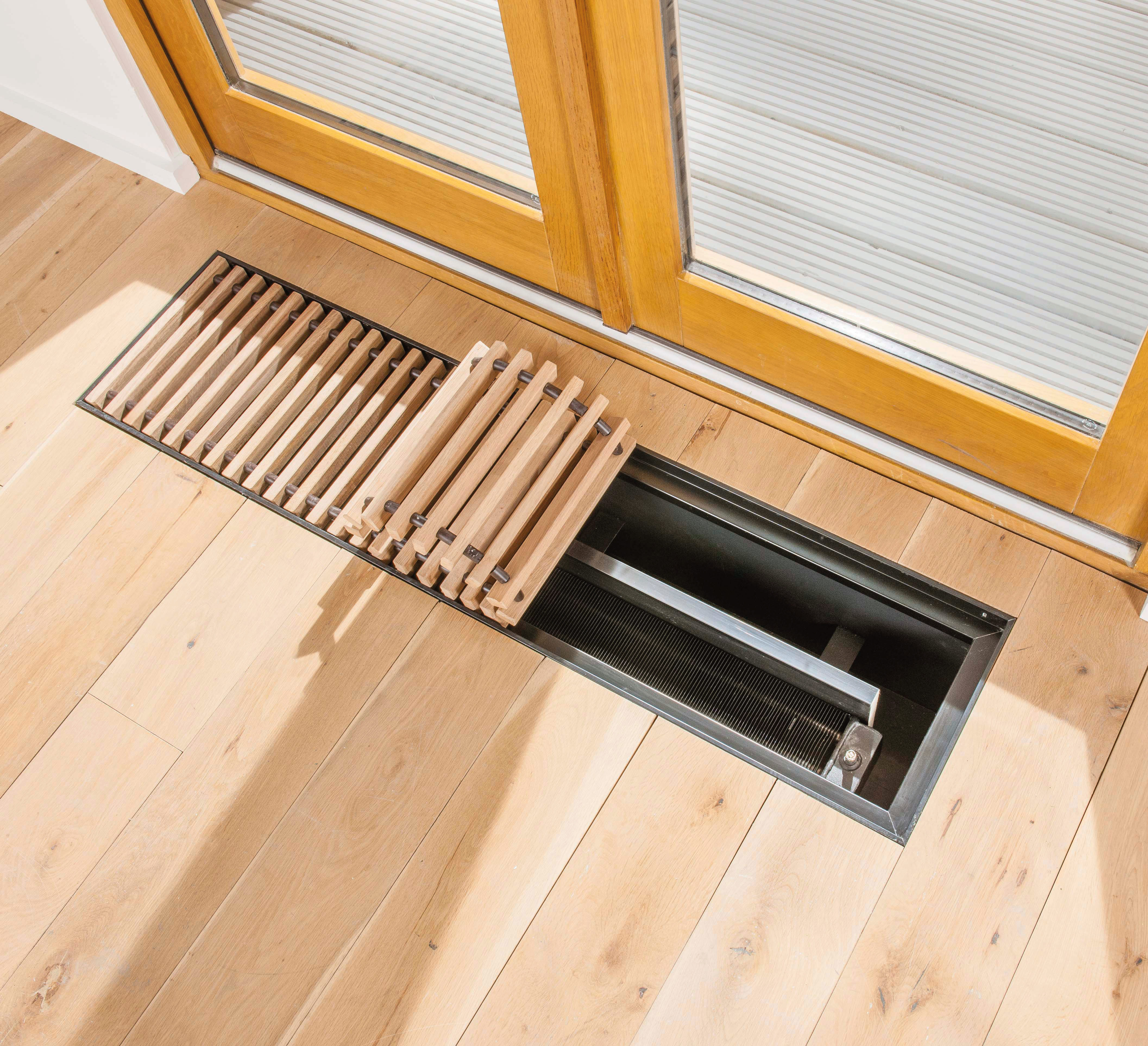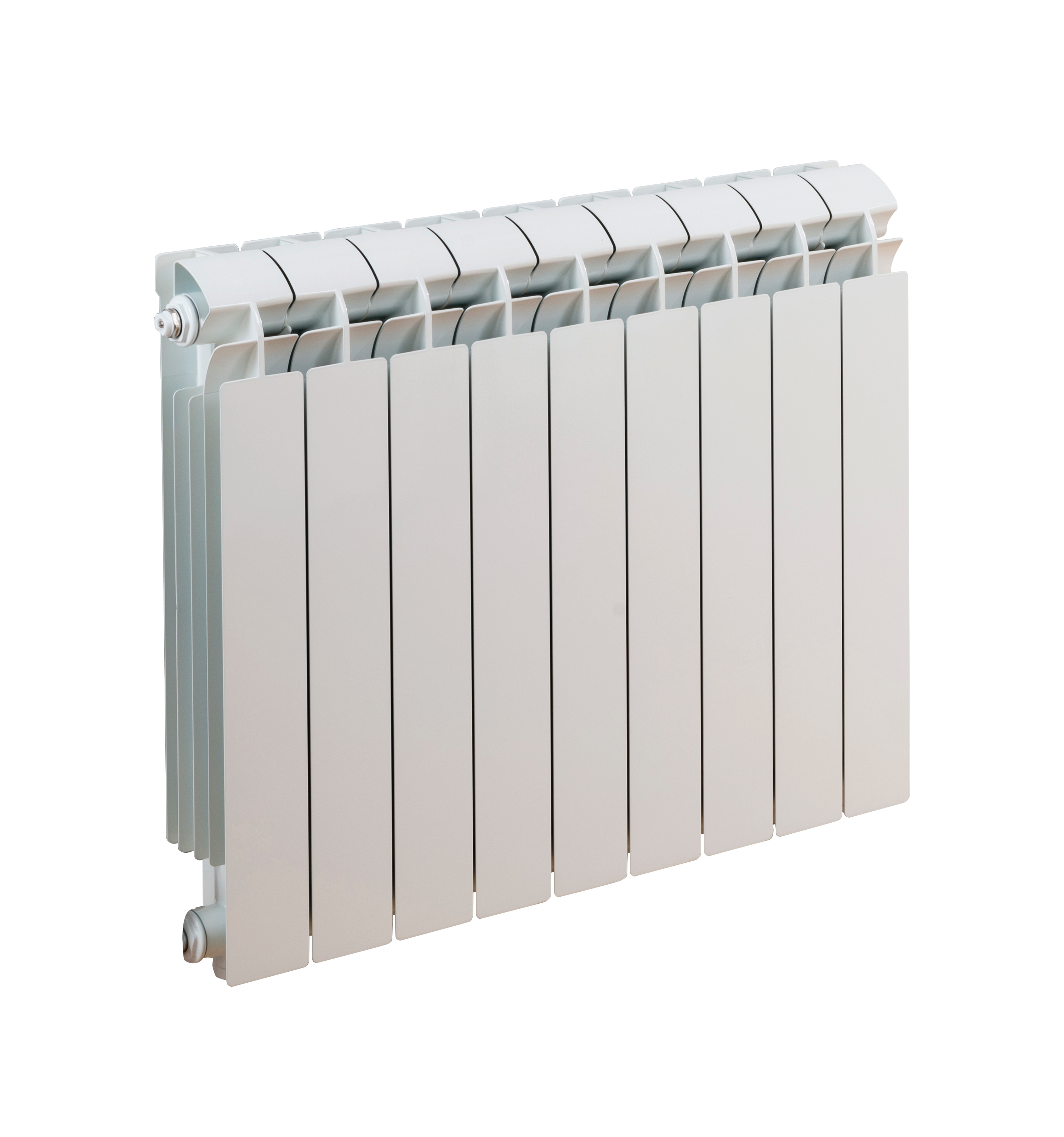
When selecting heat emitters for hospitals, care homes, or community health centres, there are a number of considerations to take into account, explains Alex Burgess, national sales manager at Clyde Radiators.
Guidance outlined in the NHS Estates Health Guidance Notes 1998 recommends that heat emitters do not exceed 43oC because higher temperatures can pose a burn risk if vulnerable people come into prolonged contact with them.
To adhere to this guidance, low-surface-temperature (LST) radiators are most commonly specified.
“These models are designed so that the heat exchanger is enclosed within an outer casing, thereby ensuring that the surface temperature does not exceed 43oC,” explains Burgess.
“As a result, there is minimal risk of injury if they are touched or leant against.”
There are also models available with rounded edges and corners that will minimise injury in the event of someone falling or coming into hard contact with them, and others feature grilles that allow airflow but protect building occupants from coming into direct contact with the convector.
“To protect occupants further, I would advise opting for LST models that offer antibacterial protection, which is crucial in health and care settings, particularly in light of the COVID-19 pandemic,” said Burgess.
Furthermore, specifiers should solutions where heating controls such as valves and thermostats have been designed with tamperproof features to provide additional protection.
And, where space is at a premium, Burgess recommends choosing floor or ground-level heat emitters.
Going green
Another key consideration when selecting heat emitters for healthcare facilities is energy efficiency, particularly in light of the NHS’s target of 2040.
Burgess said: “To keep the cost of heating to a minimum, while also improving sustainability, it is vital that the correct models are chosen so that the temperature of the space can be controlled as effectively as possible.
“As aluminium is a superconductor, it responds to thermostatic changes very quickly – and radiators made from this material will heat up a room faster than those made from any other material. They will also cool down faster, making them very efficient and easy to control.”
Aluminium radiators are also suitable for a wide range of projects thanks to their light weight, and that makes the installation process much easier and quicker, another key reason they are popular within medical centres.
Aluminium is also fully recyclable at the end of its useful life, further adding to carbon reduction efforts.
